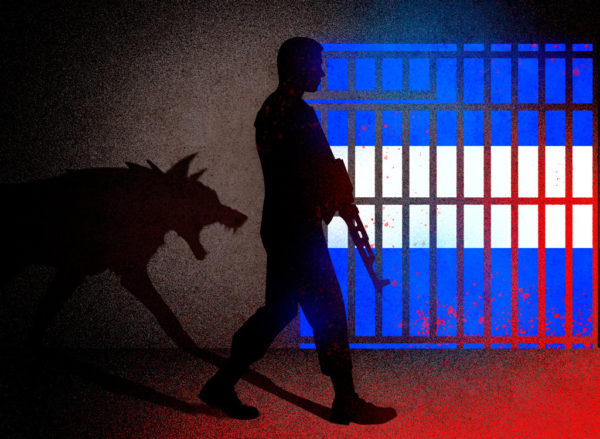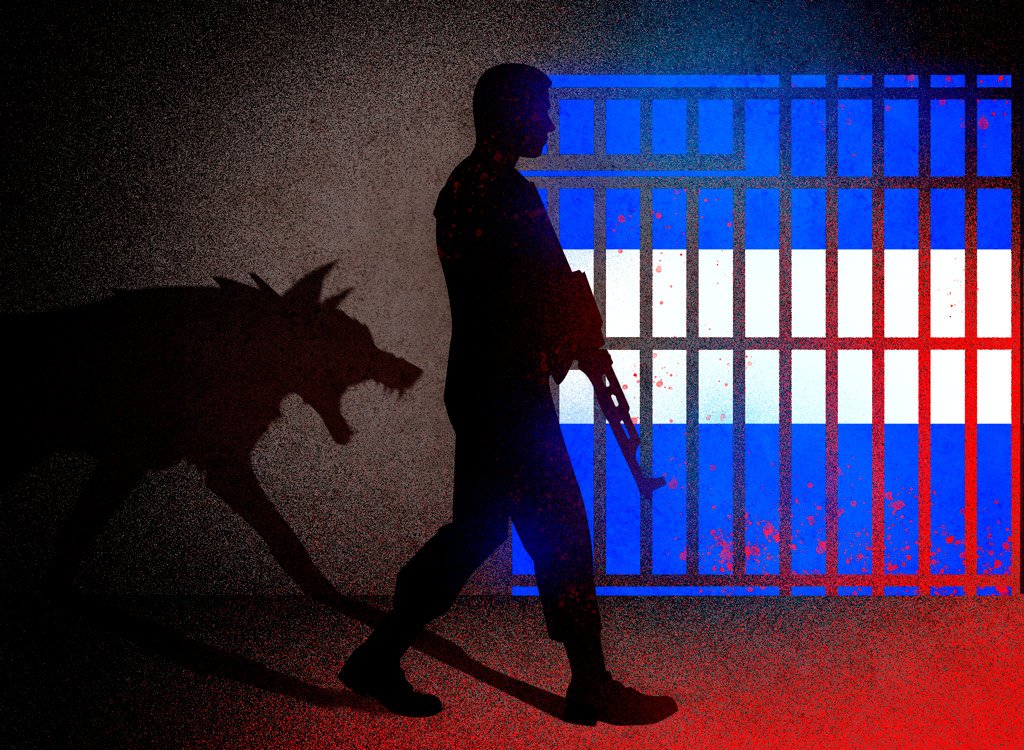
The latest group of 135 political prisoners banished to Guatemala includes some activists, government opponents, worshippers, common citizens and FSLN militants. In most cases, however, the prisoners’ crime was to express themselves.
HAVANA TIMES – Just printing a photo of [then imprisoned] Monsignor Rolando Alvarez was enough to transform Nicaraguan Adriana Zapata into a political prisoner of the Ortega-Murillo dictatorship. Former university professor Freddy Quezada’s crime was to “like” a post supporting the Nicaraguan Miss Universe, Sheyniss Palacios. Kevin Laguna was imprisoned for painting a mural of her; and TikTok influencer Geovany Lopez Acevedo overstepped by criticizing the official narrative against the Nicaraguan beauty queen’s victory.
None of the four were active members of the opposition. Nor were they business leaders, presidential hopefuls, or activists of any kind, as was often the case for the previous 800 Nicaraguans imprisoned between 2018 and 2021. Yet they were all treated as political prisoners: deprived of their liberty, exposed to inhumane conditions behind bars, and later banished, stripped of their nationality with an order for government confiscation of all their assets.
Since 2018, the Ortega dictatorship has sharpened its persecution against all Nicaraguans it considers opposed in any way to its mandate. As a result, among the thousand-plus citizens jailed from 2018 to 2024 are Nicaraguans who weren’t involved in protests, who merely exercised their right to freedom of expression on social media or through their art. The Ortega-Murillo net also reached – and continues trapping – its own Sandinista militants.
Listening to identify the patterns
“There’s a lot of variation, and because of that we should listen to all of them, including the government employees who became political prisoners. That will help us identify the new patterns of persecution the regime has implemented,” emphasized Ivania Alvarez, an exiled activist and released political prisoner.
Alvarez also feels that the treatment of these political prisoners was different from that of the ones imprisoned during the first years of Nicaragua’s socio-political crisis, because in this new repressive phase the families were silenced.
“Relatives [of the prisoners] have suffered a great deal of repression. They’re under surveillance in their homes, through their telephones, their social media. They’re forced to sign a letter before they enter the La Modelo prison to visit their loved ones; and when they leave, they’re threatened that if anything happens, or some media outlet or individual mentions that political prisoner, they’d cancel their visits,” Alvarez added.
After jail, comes banishment, denationalization, and confiscation
Between February 2019 and September 2024, there’ve been 14 group releases of political prisoners according to Confidencial’s count. Some of the prisoners, however, were then detained again, like Juan Carlos Baquedano who was imprisoned for the second time in August 2023, when he returned to Nicaragua to obtain some personal and property documents. He’s one of the prisoners now in Guatemala, banished and stripped of their nationality.
Then there’s the case of Jaime Navarrete, who remains in prison after being locked up again just a few days after he was released under the amnesty decree Ortega issued in June 2019. Even though he has finished serving his sentence, he continues to be held.
Between the end of February and the beginning of June 2019, over 520 political prisoners were released bit by bit, all with no guarantees of their freedom. With the approval of Ortega’s blanket amnesty on June 8, 2019, another 106 political prisoners were let out of jail. Among them were citizens who had participated in the civic protests of 2018, student leaders, farm leaders and activists from different sectors.
The releases of that year came as part of agreements tha


